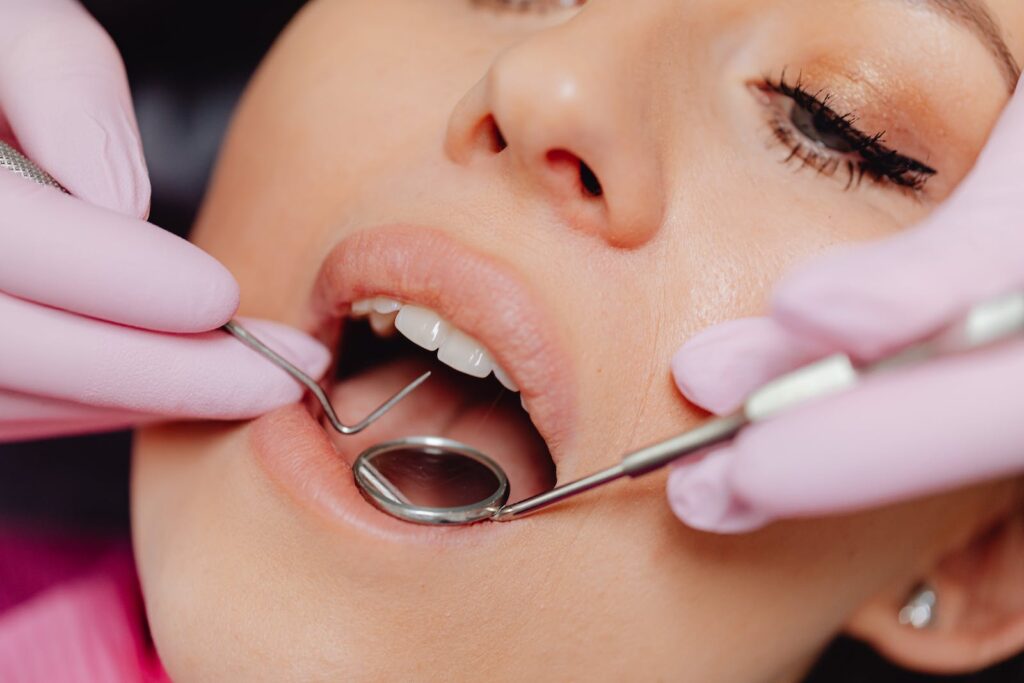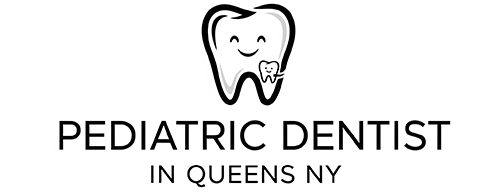Dental emergencies can strike at any time, often without warning. Understanding how to handle these situations can significantly impact the outcome. This comprehensive guide offers essential advice for dealing with various dental emergencies.
Recognizing a Dental Emergency
Signs and Symptoms
Recognizing the signs of a dental emergency is crucial. Look out for severe pain, bleeding, swelling, or trauma to the teeth or mouth.
When to Seek Immediate Help
If you experience severe pain, excessive bleeding, or have a tooth knocked out, seek immediate dental attention.
Common Dental Emergencies

Toothache
Causes and Immediate Relief
Toothaches can be caused by decay, infection, or injury. Rinse your mouth with warm water and gently floss to remove any trapped food.
When to See a Dentist
If pain persists or is severe, visit a dentist as soon as possible.
Chipped or Broken Teeth
First Steps
Rinse your mouth with warm water. Apply a cold compress to the outside of your mouth to reduce swelling.
Seeking Professional Care
Visit a dentist immediately. Bring any broken tooth fragments with you.
Knocked-Out Tooth
Immediate Action
Pick up the tooth by the crown, not the root. Rinse it gently and try to reinsert it into the socket. If this isn’t possible, keep the tooth moist in milk.
Urgency of Treatment
A knocked-out tooth requires immediate dental attention for the best chance of being saved.
Handling Soft Tissue Injuries
Injuries to Gums, Lips, and Tongue
Rinse with a saltwater solution. Apply pressure with a clean cloth to control bleeding.
When to Seek Emergency Care
If bleeding does not stop or the injury is severe, go to the emergency room or dentist immediately.
Lost Fillings or Crowns
Temporary Measures
Use sugar-free gum or dental cement from a pharmacy to cover the exposed tooth.
Importance of Dental Consultation
See a dentist as soon as possible. Lost fillings or crowns can lead to further damage if not addressed.
Abscesses
Identifying an Abscess
Abscesses are infections that occur around the root of a tooth or in the space between the teeth and gums. They are characterized by swelling and severe pain.
Treatment and Risks
An abscess requires urgent dental care as the infection can spread.
Preventing Dental Emergencies
Regular Dental Check-Ups
Routine visits to the dentist can prevent problems before they become emergencies.
Good Oral Hygiene
Brushing twice a day, flossing daily, and using mouthwash can significantly reduce the risk of dental emergencies.
Protective Measures
Wear mouthguards during sports and avoid chewing hard foods or objects.
Pediatric Dental Emergencies
Common Emergencies in Children
Children are prone to dental injuries from falls and sports.
Responding to Emergencies in Children
Stay calm and assess the situation. Follow similar steps as for adults but seek pediatric dental care.
Conclusion
Dental emergencies can be alarming, but prompt and appropriate actions can save teeth and prevent further complications. Always prioritize seeing a dentist and practice preventive measures to minimize the risk of dental emergencies.

Dr. Mary G. Trice is a renowned pedodontist based in Queens, NY. With an unwavering dedication to children’s dental health. In addition to her clinical practice, Dr. Trice is the writer and manager behind the informative platform pediatricdentistinqueensny.com. Through this site, she offers valuable insights, tips, and resources for parents and guardians, aiming to bridge the gap between professional dental care and everyday oral hygiene practices at home.
